Completing your tax forms is likely not your definition of a fun evening. Whether you fill them out long-hand, use tax preparation software, or enlist the help of a tax professional, you are going to spend time gathering documentation and providing the Internal Revenue Service (IRS) with all the information it requires.
Where to Get Tax Forms
If you are wondering where to get the necessary tax forms, look no further than the Internal Revenue Service website. Not only can you find downloadable (and free) PDFs of federal income tax forms along with additional forms and information, but depending on your adjusted gross income, you can also use their free guided tax preparation. For those with taxable income $73,000 or less, you can receive guidance from the Internal Revenue Service regarding how to fill out tax forms.
After all, IRS tax forms can be perplexing. That’s why, along with free forms to file your tax return, there is also a multitude of instructions designed to assist you. If you find tax filing this season challenging and with a laundry list of questions, calling the IRS is an option. However, keep in mind their phone lines can be jam-packed with substantial wait times for callers.
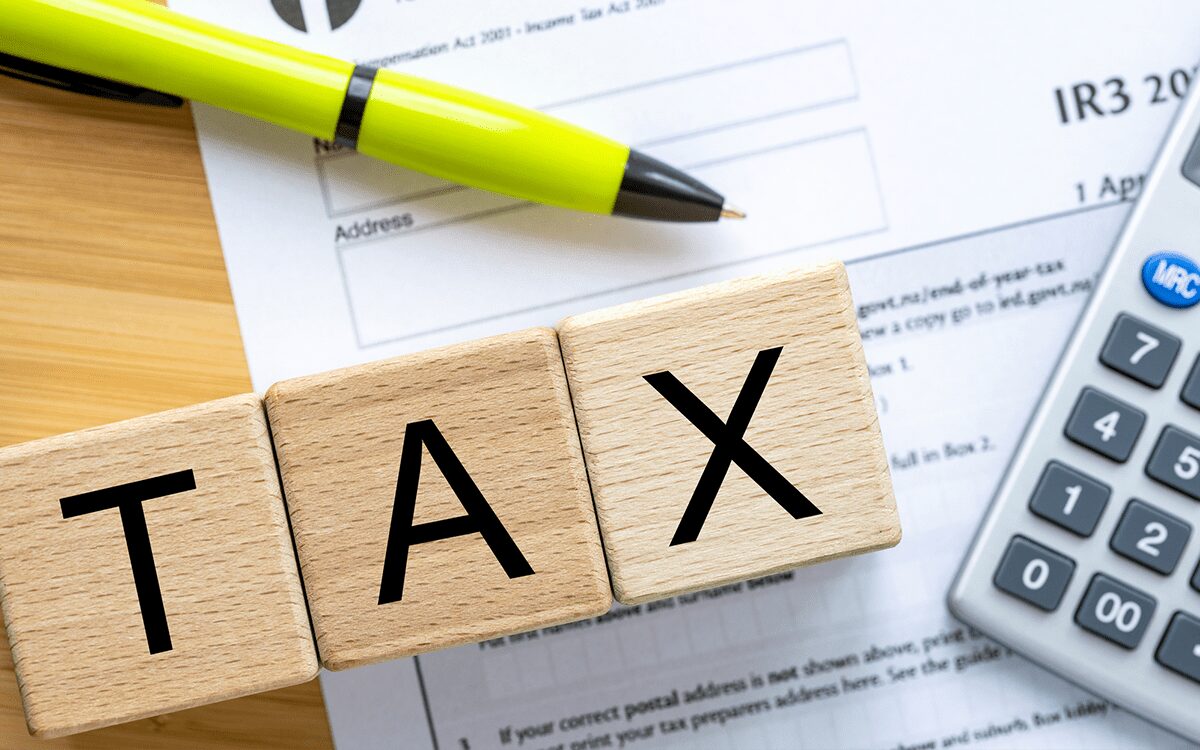
Where to get tax forms
What are the Different Forms I Need for Taxes?
The most common form you’ll recognize during tax season is the federal tax form. This is IRS Form 1040, the longest of the federal income tax forms. Others may get away with filing a short version of the 1040. These forms are either the 1040EZ or the 1040A. However, if you want to itemize your deductions, you must complete the original 1040. Another instance where you should use the long 1040 is if you have significant income from investments or report self-employment income.
In addition, many people also have to file non-federal tax returns. Finding state tax forms is as easy as a quick web search. The tax collecting agency in your state will have forms and guidance on its website. Even if your state doesn’t have an income tax (lucky you!) you will want to make certain you do not owe property taxes, capital gains taxes or other state taxes. The same goes for local taxes. If you live and work in two different states, you will also need to consider that at tax time as well. You may need to file a nonresident return in the state where you work and a resident return with the state in which you reside.
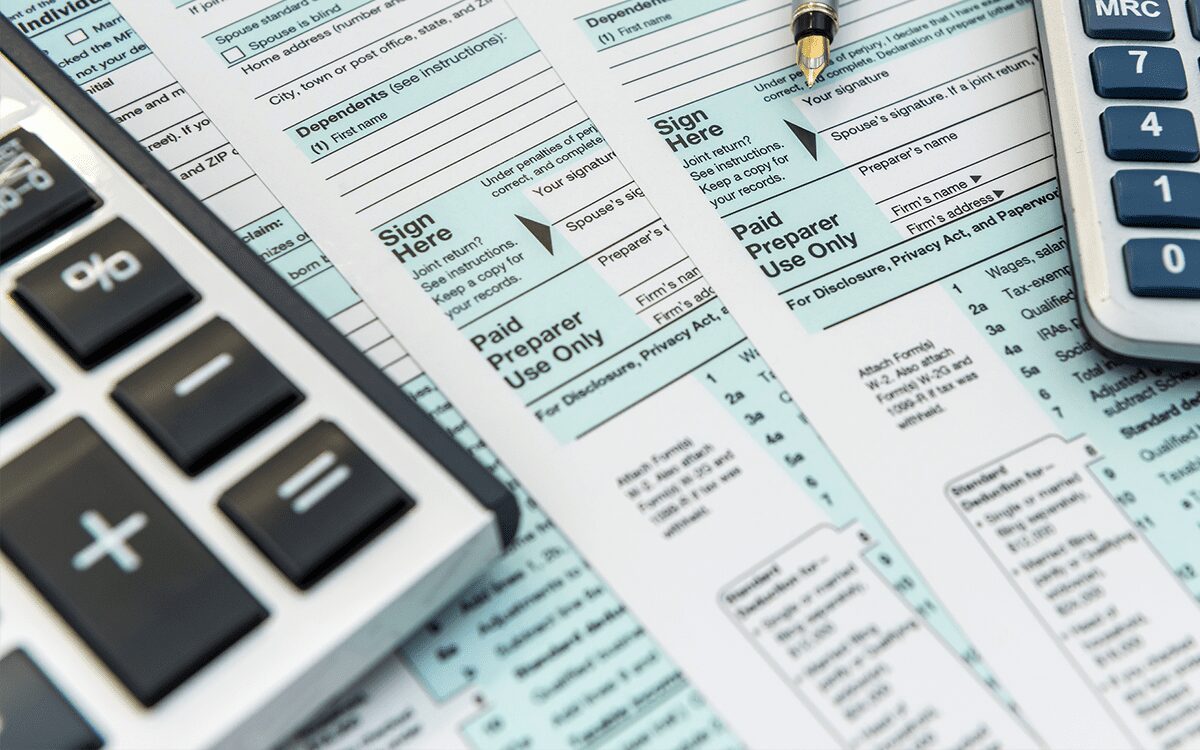
Different forms for taxes include a schedule a
Schedule A
This is meant to itemize deductions such as property taxes, charitable contributions, mortgage interest, state taxes, medical expenses or one of myriad other tax break options. Schedule A helps to rduce your tax bill at the end of the year and is considered a valuable IRS form.
Schedule B
The schedule B form is meant to tally the taxable interest you receive during the year from dividends over $1,500. When the total is lower, your tax bill will also be lower. This is what helps make IRAs and 401(k)s worth investing in as they can assit in cutting taxable income.
Schedule C
This form is for those who freelance or have a side job. The Schedule C form is used to report profits and losses and is where you can deduct expenses related to your business. These types of expenses can include marketing or advertising, home office expenses as well as any office supplies you purchase.
Schedule D
Are you someone who trades stocks, bonds or other investments? You’ll need to complete a Schedule D. This form is where you tally capital gains and losses over the year. Whether your investments did well or didn’t, you’ll need to report both gains and losses
Form 1098
Do you have mortgage? What about student loans? You’ll need a IRS form 1098 during tax time. This form shows any interest (over $600) paid on a home loan during the year. Generally, mortgage interest is deductible on your tax return.
As for current college students, they will likely receive a 1098-T. This form reports tuition payments they’ve made. For those who pay on their loans or have graduated, they should receive a 1098-E. This form reports the interest paid on any student loans over the course of a year.
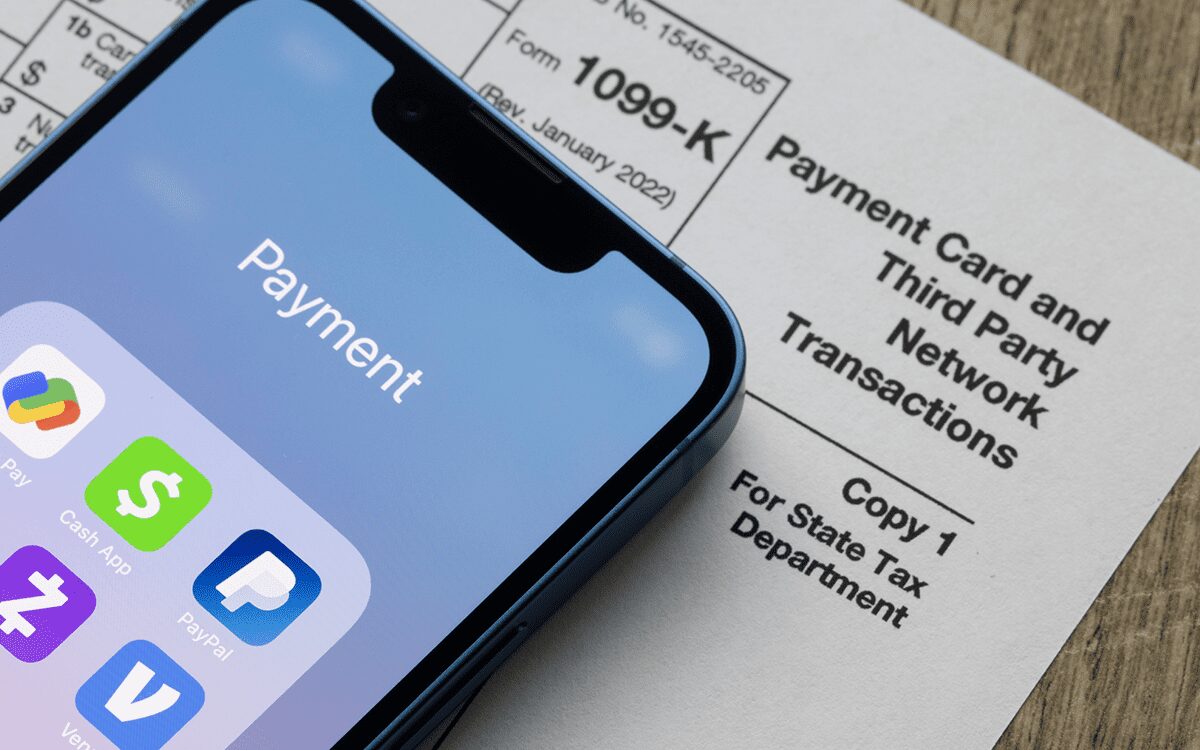
One form you may fill out is a 1099
Form 1099
This IRS form records all of the dfferent sources of income you receive where you don’t receive a W-2. Remember that those who sent this to you also sent one to the IRS, so you’ll need to ensure it’s included on your tax return.
There are different versions of this form:
- 1099-DIV – reports dividends and distributions from any investments.
- 1099-INT – to report interest earned on any investments.
- 1099-OID – when you buy a bond or note at less than face value.
- 1099-MISC and 1099-NEC – this form is for everything not derived from investments. This includes money a client may pay you for any freelance work.
Form 4868
If you need to file an amended tax return or an extension, you’ll need this form. The form 4868 needs to be filed with the IRS by the April deadline. This can be done online and will give you a tax extension until October. Keep in mind you’ll need to have a good estimate of what is owed to the IRS as well as send in some or all of the amount due with your extension request.
Should the estimated payment sent in April be less than what is owed, you’ll pay interest on the difference. Most importantly, you cannot miss the extended deadline. This can result in the IRS pinning you with a late-filing penalty for every month or partial month the tax return is late.
Avoid Tax Season Frustration
If the idea of struggling with a multitude of forms makes you want to tear your hair out, you can always seek help. Seek out a tax professional like a Certified Public Accountant (CPA) who can assume the task of filling out your tax forms for you. It’s important to remember you will still need to provide him or her with the necessary information and documentation.
Examples of Documentation You’ll Need to Share With Your Accountant
- Any w-2s you received throughout the year.
- 1099s you may receive for any freelance or second job income.
- Mortgage forms you may receive from propety you own.
- Students loan interest forms from qualifying children. Those who have graduated and are over the age of 26 will be able to claim this interst on their own returns.
- Proof of retirement investments.
- Investment statements.
Not sure what some of these look like or if you have all of the correct forms, reach out to your tax preparer. They’ll be able to help guide you through the process.
On the other hand, if you’ve been doing your taxes by hand, consider splurging on tax preparation software, such as TurboTax or H&R Block. Software like this can make the tax filing process easier for you.
The biggest thing you can do to decrease the stress of doing your taxes is to start earlier. This does not mean putting your name and address on your 1040 form in February and then waiting until the second week in April to complete the rest. This means starting (and completing) the entire project on time or earlier.
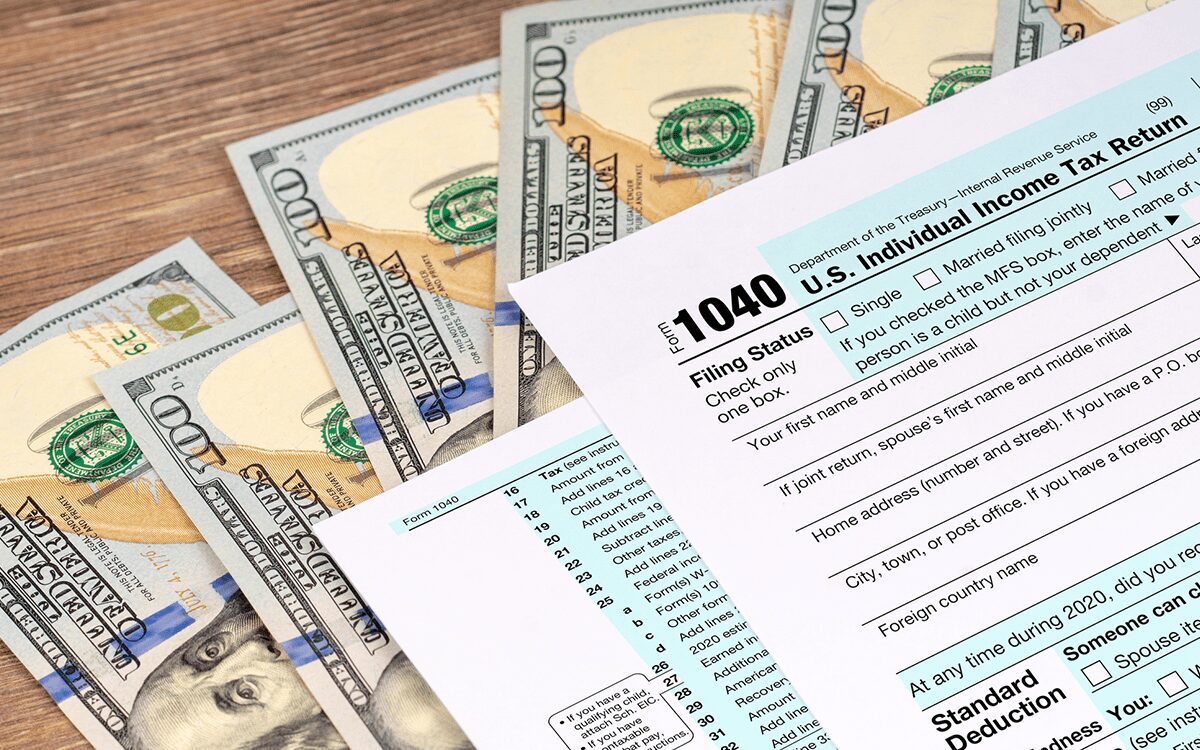
Avoid Tax Season Frustration
Planning for Your Refund
Once you’ve file all of the neccessary tax forms you may join the many people who have goals for obtaining a large tax return each year. If you are eligible for refundable tax credits like the Earned Income Credit you may in fact receive a hefty refund. For those who have enough money to live comfortably, however, getting a hefty refund is both a blessing and a curse. In fact, the personal finance world is divided when it comes to tax refunds.
Some feel receiving a sizable refund is a good thing. It can provide you with a big chunk of money that individuals can use strategically, either to pay down debt, build up an emergency fund, or help save for retirement.
For others, they believe if you are receiving a large refund you may not be optimizing your dollars. This, of course, assumes your refund is coming from overpayment rather than from a refundable tax credit. If this is the case, you may want to consider adjusting your payroll tax withholding and get additional money with each check, rather than receiving a large refund once a year.
One way to look at it is if you’re overpaying you’re essentially giving the IRS an interest-free loan. If you were to receive those dollars throughout the year, you could use them to invest and watch them grow. Should you decide to adjust your withholding to get a smaller refund, you will need to submit a revised Form W-4 to your employer.
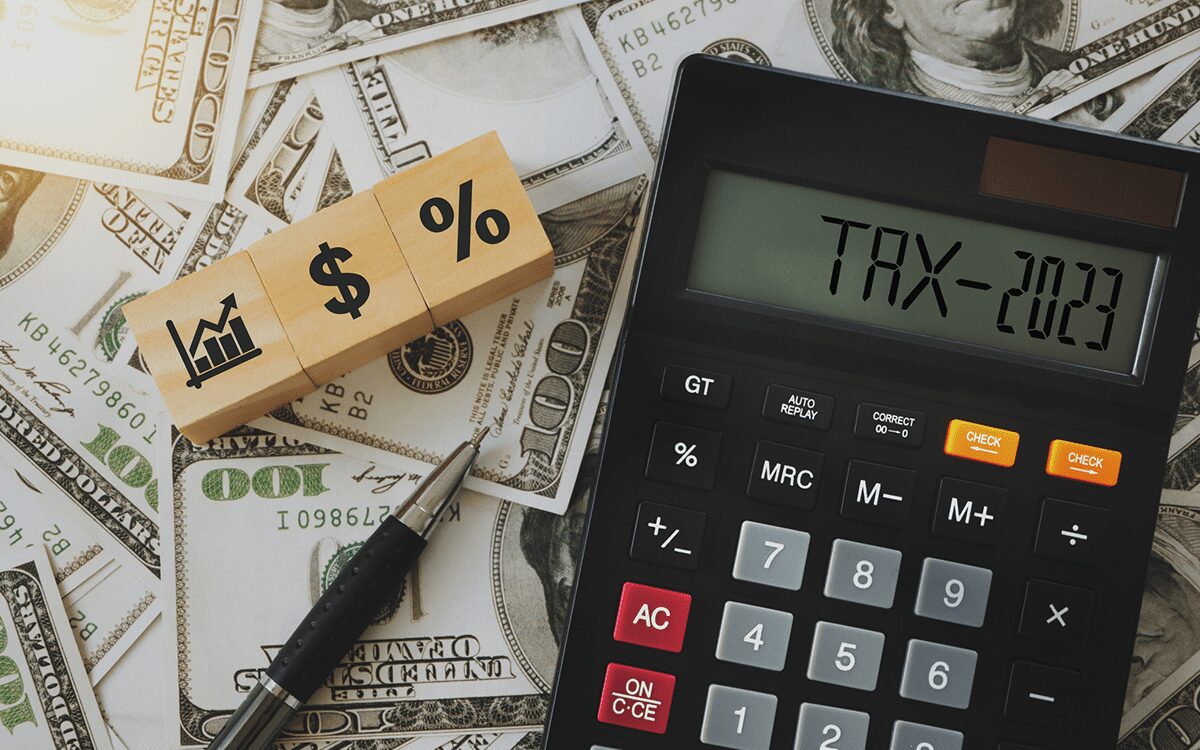
Planning for your tax refund
Bottom Line
If you are doing your taxes yourself, whether on paper or with tax preparation software, you’ll need to dedicate the time to complete the neccessary documentation to keep the IRS from knocking on your door. Remember, to file on time too otherwise you may find yourself facing reprecussions such as penalities.
However, if you and your spouse works and have limited time, have a complicated tax situation or simpy don’t want to file taxes yourself, you’ll want to work with a tax professional. By doing so, you’ll avoid a headache and save yourself hours of working on compiling the neccessary paperwork along and filing all applicable tax forms.
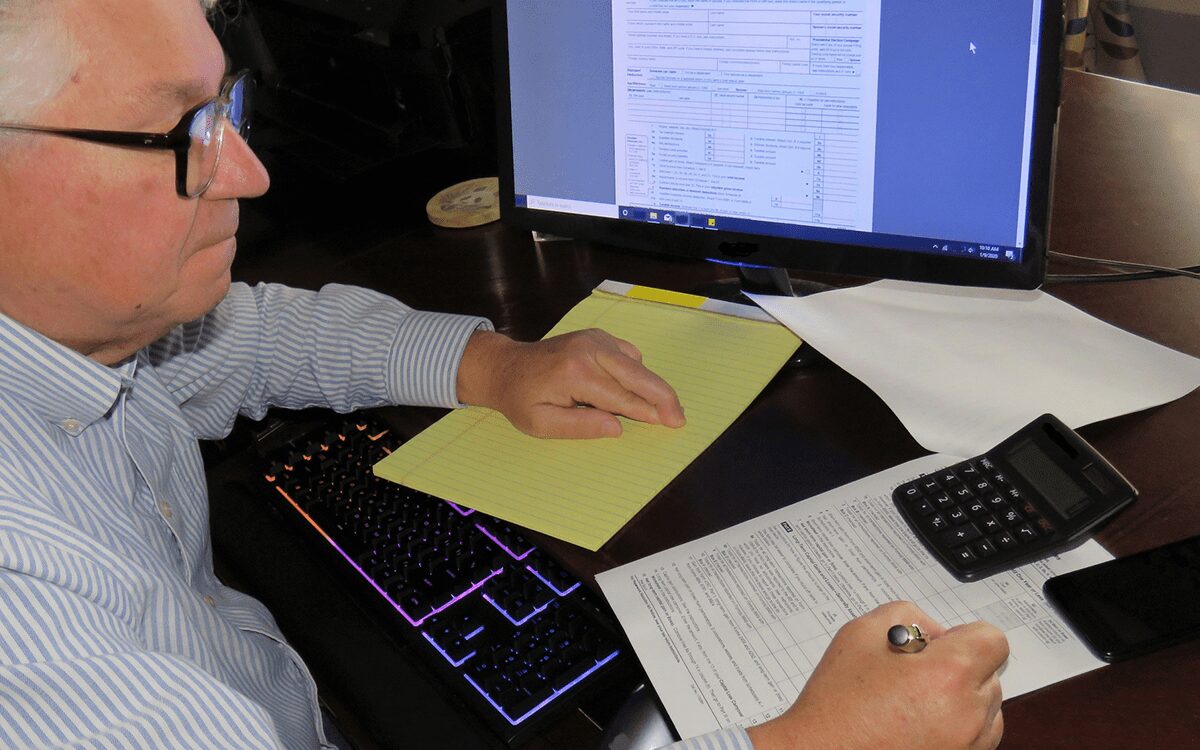
Avoid tax season frustrations
Tips for a Successful Tax Season
- Get your documents in order
- Start early in the tax season
- Break down the completion of tax forms into manageable portions of time.
- Check ou our articles to help you better understand taxes that may be impacting you this tax season: